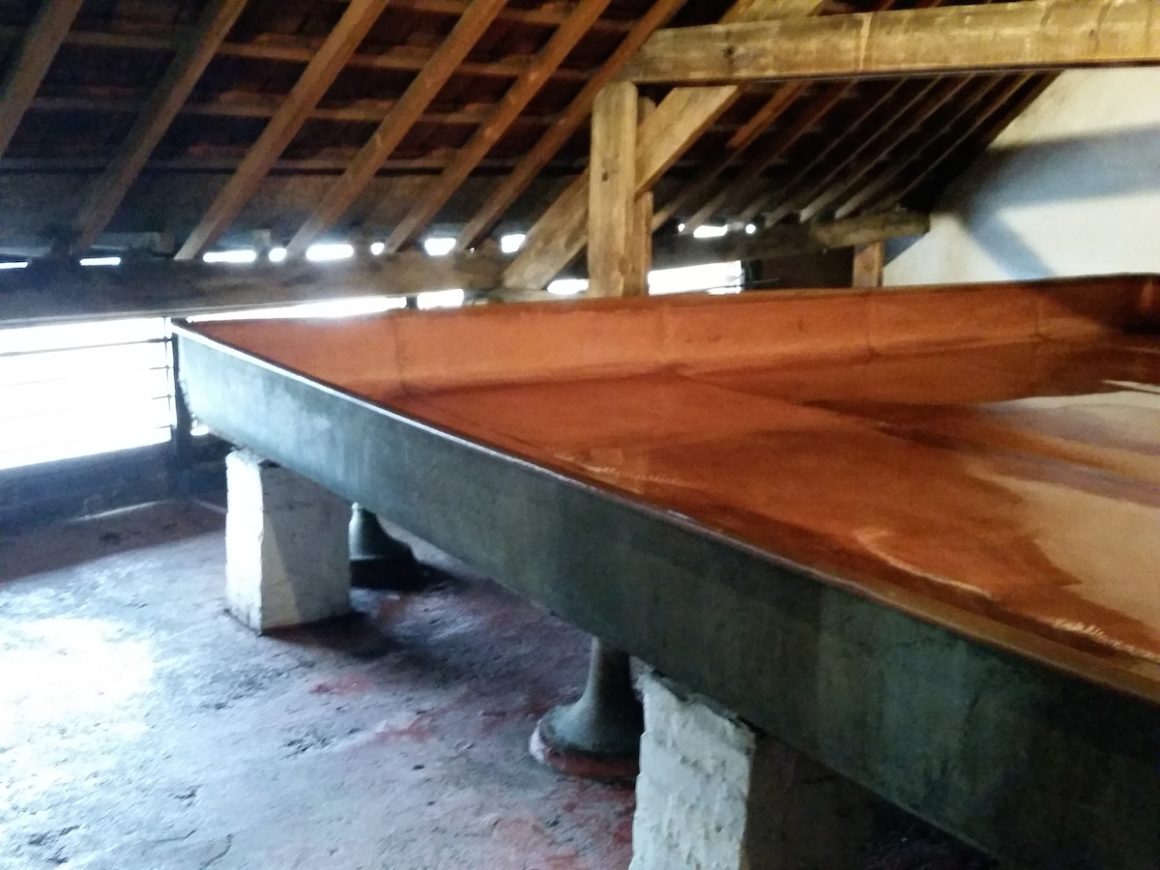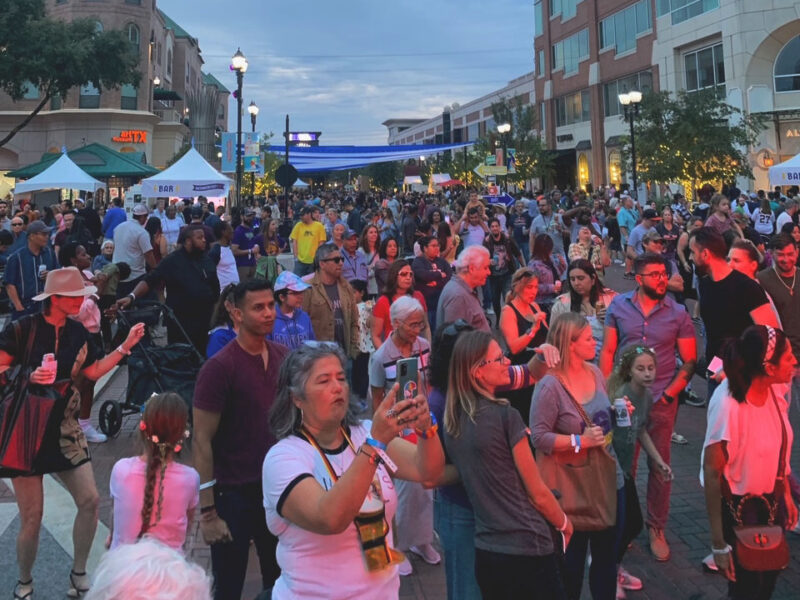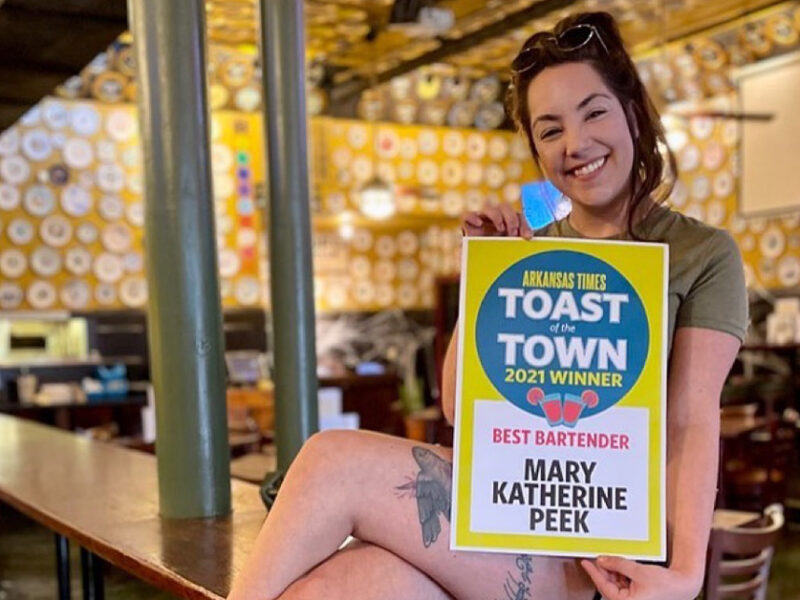Down an unassuming street on the edge of Brussels sits a brewery that’s stuck in time. While most breweries today are using modern technology to make more beer at a faster pace, Cantillon Brewery maintains brewing practices from more than a hundred years ago.
The word “lambic” is sometimes lost on the average American beer drinker. Some believe it applies to sour beers or just fruited sour beers, but the true definition of lambic is far narrower. Outside of being spontaneously fermented with only naturally occurring wild yeast and bacteria (no commercially prepared blends), the beer must also be brewed in a specific section of Belgium, the area known as the Pajottenland, covering roughly the southwestern third of the country. The most popular style of lambic, gueuze, is a blend of one- to three-year-old beers and is sometimes re-fermented with fruit such as raspberries, cherries and apricots.
Cantillon has been family-run and brewing lambic beers the same way since it opened its doors in 1900. The one concession to modernity is its bottling equipment. Today, Cantillon brews 1,700 hectoliters (1,450 barrels or about 45,000 gallons) annually but is limited to brewing only during Belgium’s more moderate months to maintain proper conditions.
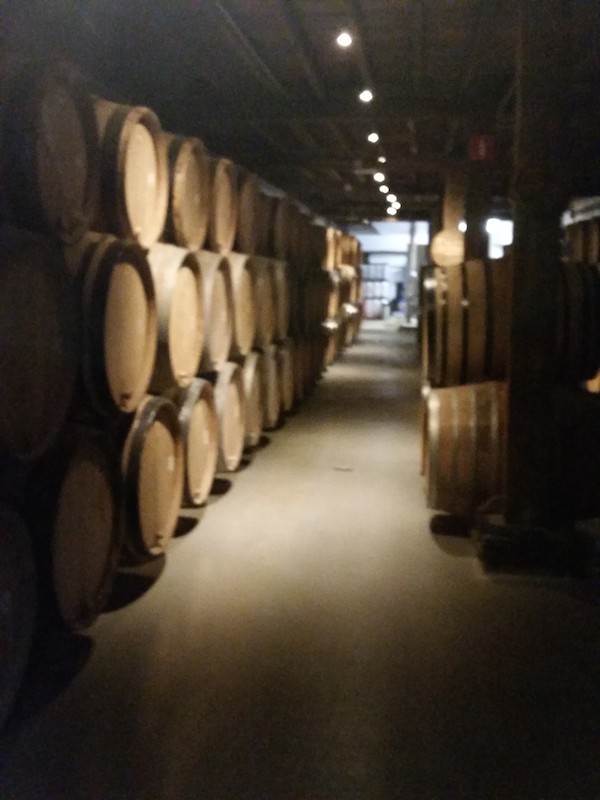
Cantillon Brewery barrel room
If you choose to take the self-guided tour at the brewery, you can get a first-hand look at what it’s like to brew in the 20th century. This isn’t your typical brewery tour, where you stay behind the glass watching the fermenters bubble from a few feet away. The brewers here hand you a pamphlet and let you loose inside. The markings along the walls guide you to sections identified in the pamphlet, where you can read about the equipment and how it’s used in the brewing process. They allow you to walk among the barrels aging beer and peek inside the 100-year-old-plus mash tun, though they may limit your distance from the weldless copper coolship, where they let in local fauna through means of wooden slats in the windows. No matter where you roam, you can practically feel the history of the place.
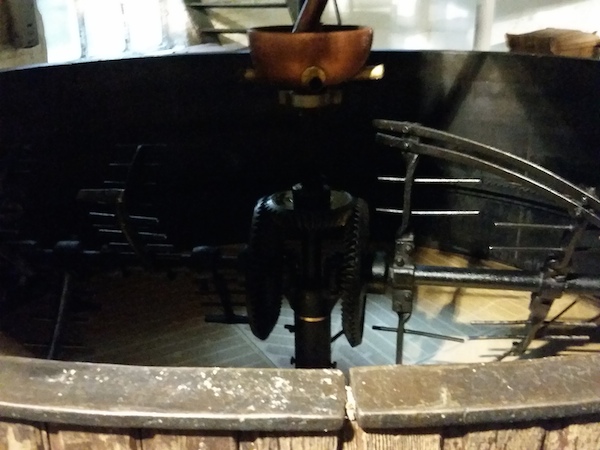
Cantillon Brewery’s mash tun
After the tour, visitors receive two small tasters of young unblended lambic and a commercially ready version as well. You can also relax in the cozy tasting room and drink rare variations of Cantillon beers to your heart’s content. The folks there also offer to-go sales of the original geuze, raspberry and cherry-blended variants, and usually one other more rare variant, depending on availability.
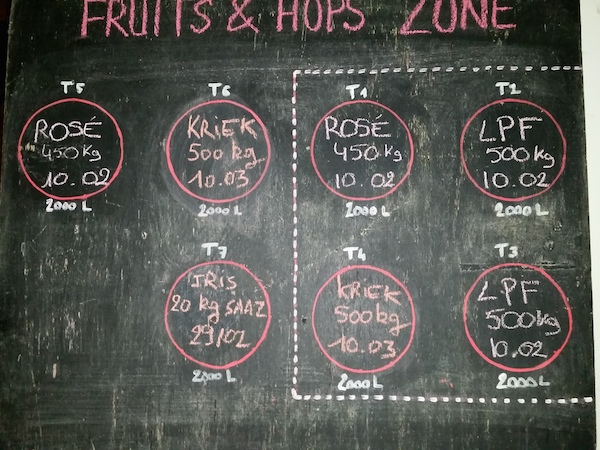
Cantillon Brewery’s fruits and hops zones
Cantillon Variants:
Gueuze: Blend of one-, two- and three-year lambics with secondary fermentation in the bottle
Kriek: Two-year-old lambic re-fermented with Schaerbeek sour cherries (150 kg per 500 liters of beer)
Rosé de Gambrinus: Two-year-old lambic re-fermented with red raspberries
Vigneronne: Lambic re-fermented with white Muscat grapes
Saint Lamvinus: Lambic re-fermented with black merlot grapes from Bordeaux
Fou’foune: Lambic re-fermented with Bergeron apricots
Grand Cru Bruocsella: Three-year-old lambic with no secondary fermentation in the bottle
Iris: Lambic dry-hopped with fresh Saaz hops
Faro: Lambic blended with caramel and candied sugar
Lou Pépé beers: Raspberry, cherry and gueuze beers re-fermented with cane sugar instead of young lambic
Mamouche: Two-year-old lambic with fresh elderberry flowers
Cuvée Saint-Gilloise: Two-year-old lambic dry-hopped with Hallertau hops
While Cantillon is starting to expand distribution in the United States, it’s still difficult to get its brews stateside. Your best bet may be at Zwanze Day, an international Cantillon celebration hosted by several breweries and brewpubs all over the world. Participating locations in 2015 included Jester King Brewery in Austin, Crooked Stave in Denver, Russian River in Santa Rosa and Monk’s Cafe in Philadelphia.
If you ever find yourself wandering the streets of Brussels looking for a history lesson and a taste of the local beer offerings, a visit to Cantillon Brewery is just what you need.

